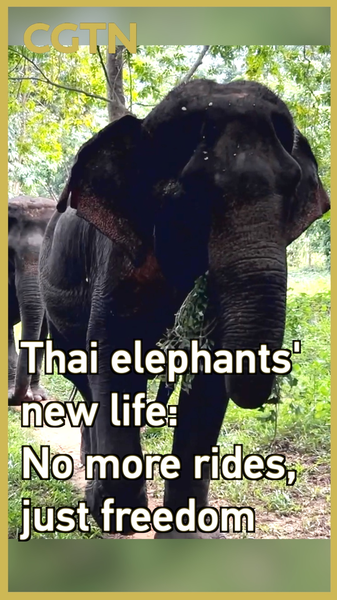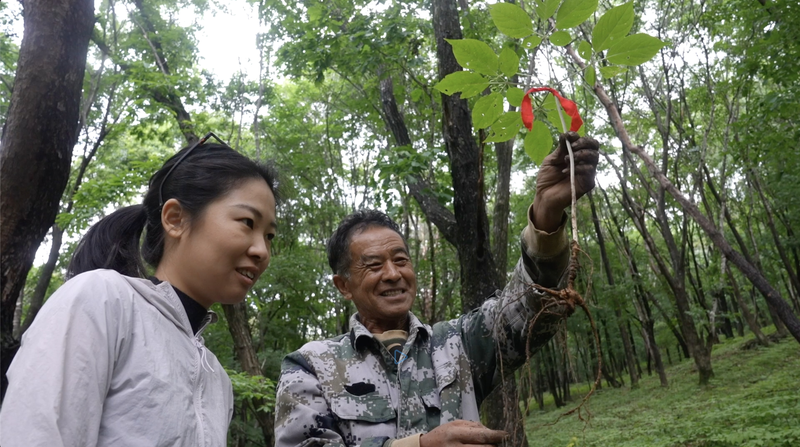From Rides to Roaming: A Sanctuary’s Journey
At Elephant Forest Phitsanulok in Thailand, a quiet revolution is unfolding. Five female elephants now wander freely across 1.44 kilometers of protected forest, marking a stark departure from traditional tourism practices that once prioritized rides and performances.
Si-bua’s Story: A Symbol of Resilience
Among them is Si-bua, a 50-year-old elephant bearing scars from decades of logging work. Once withdrawn, she now thrives as a playful "wild teacher," helping visitors understand elephant behavior and conservation. Her transformation underscores the sanctuary’s mission to prioritize animal welfare over entertainment.
Mahouts as Caregivers, Not Controllers
Guided by World Animal Protection, the sanctuary retrains mahouts—traditional elephant handlers—to focus on caregiving rather than control. Visitors observe elephants bathing, foraging, and socializing naturally, fostering a deeper connection between humans and wildlife.
Balancing Ethics and Economics
"We’ve proven animal welfare and stable income can go hand in hand," says Roatchana Sungthong of World Animal Protection Thailand. Over 13 camps now adopt this model, generating sustainable revenue through ethical tourism while honoring World Animal Day’s spirit year-round.
This shift reflects a growing regional trend toward conservation-driven travel, offering hope for Thailand’s 3,000 captive elephants and the communities that depend on them.
Reference(s):
cgtn.com







